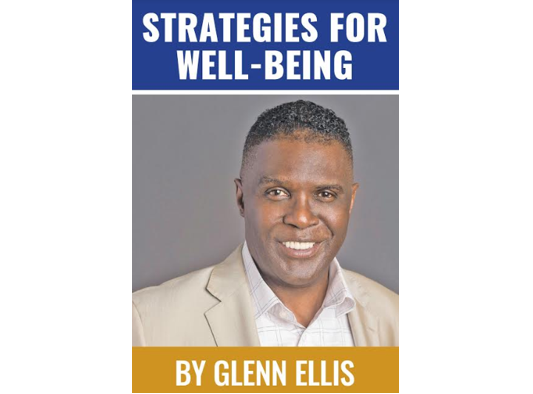By Glenn Ellis
Reports of COIVD-19 vaccines that are hoped to be 95 percent effective is causing as much skepticism as it is optimism. With so much riding on people actually taking the vaccine, shouldn’t we all understand as much as possible, as we weigh the pros and cons of whether taking the vaccine is the best decision for you and your family?
Regrettably, the public health, medical, and the research communities have done little to address the mistrust and vaccine-hesitancy that is more infectious that the COVID-19 virus itself. Repeatedly, we are all constantly reminded that there is a problem; but it seems there is no institutional or political will to truly address this.
Why does this matter? Let’s begin by looking at what vaccines are, and what they are supposed to do for you.
A vaccine works in your body by training your immune system to recognize and destroy viruses or bacteria. In order to do this, certain particles of the “invader” are introduced into the body in order to trigger a response from your immune system. These “particles” of the disease in the vaccine are called antigens, and they are found in all viruses and bacteria. By injecting these antigens into the body, the immune system learns to recognize them as hostile invaders, produce antibodies, and remember them for the future. If the bacteria or virus ever reappears, the immune system will recognize the antigens from that particular virus or bacteria, and immediately attack it aggressively before the pathogen can spread and cause sickness.
Now, that’s the premise for how it works. But the question is, “do they work?”
Most of our point of reference for vaccines is with childhood vaccines. The data shows that, overall, most childhood vaccines are 90 percent to 99 percent effective in preventing disease. And if a vaccinated child does get the disease, the symptoms are usually less serious than in a child who hasn’t been vaccinated. There can be mild side effects, like swelling where the shot was given, but that does not last long. And it is rare for side effects to be serious. It happens, but it is truly rare. It is more common for a child to die from a peanut allergic reaction, than from anything to do with getting a vaccine.
Before any vaccine is licensed in the United States, the Food and Drug Administration (FDA) looks at all aspects of research and development, including where and how the vaccine is made and the studies that have been conducted in people who received the vaccine. The FDA will not license a vaccine unless it meets standards for effectiveness (how well the vaccine works) and safety. Results of studies get reviewed again by the Centers for Disease Control and Prevention (CDC), the American Academy of Pediatrics, and the American Academy of Family Physicians before a licensed vaccine is officially recommended to be given to children. Every lot of vaccine is tested to ensure quality (including safety) before the vaccine reaches the public. The FDA even inspects the place where the vaccine was made.
The most important consideration on the minds of all us is safety and whether whatever they make available as a vaccine safe? Let’s be clear, few things meet the definition of “harmless.”
We all are at greater risk of harm in our everyday lives. Each year almost 350 people are killed in bath and/or shower-related accidents, over 5,000 people are killed when food lodges in their windpipe, and almost 50 people are struck and killed by lightning. But none of us think about taking a bath, eating solid food or walking outside on a rainy day as being unsafe. We just figure that the benefits of the activity outweigh the risks. The same thought process applies to taking a vaccine: does the benefit outweigh the risk?
Now, comes the “Operation Warp Speed”, the current race to find a vaccine for this deadly virus. This strategy for the development of a COVID-19 vaccine has added to the overarching concern for safety and effectiveness in the minds of millions.
The takeaway? In the past, we have seen it take between five and 18 years of basic research and turn that into a usable vaccine; no vaccine is 100 percent safe; usually 50 percent to 90 percent of a population needs immunity to achieve herd immunity; and we each can make the best informed decision on taking the COIVD-19, or any vaccine -for the sake of ourselves, our families, our communities.
Glenn Ellis, MPH is a Visiting Scholar at The National Bioethics Center at Tuskegee University and a Harvard Medical School Fellow in Research Bioethics (2018) and Narrative Bioethics (2020). He is author of Which Doctor? and Information is the Best Medicine. For more good health information visit: www.glennellis.com.




